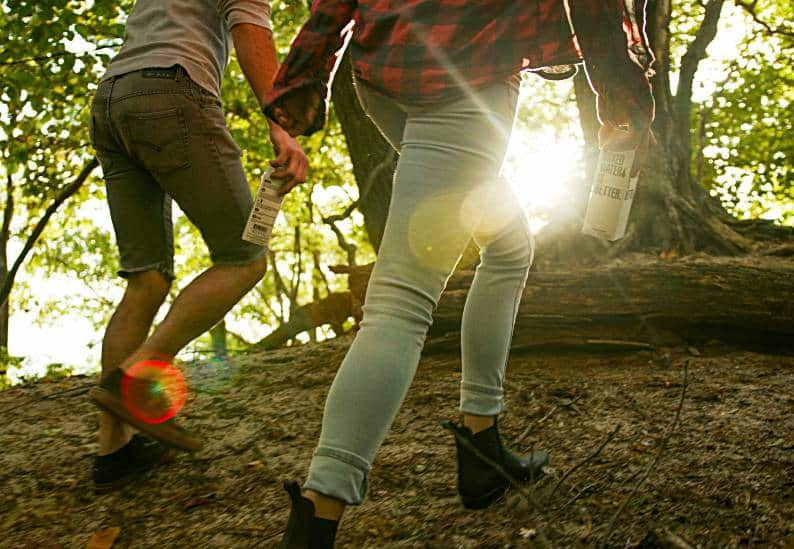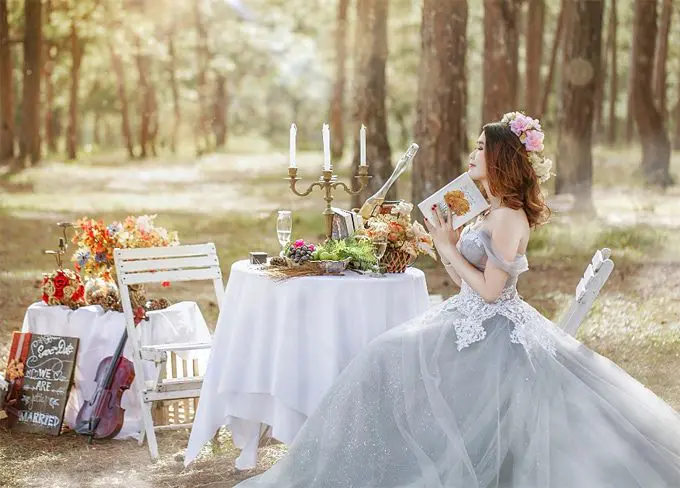Make your garden attractive to wildlife this winter – words Alam Woods
Winter is a tough time for wildlife. Not only are temperatures frigid, but food is scarce and shelter can be difficult to find too.
That’s why it’s important you give a little bit of thought to the wildlife essentials in your winter garden. Spring will soon be here, but in the meantime, here’s what you should invest in to make your garden attractive to wildlife through these last few months before the weather warms up…
A bird feeder
Food can be scarce in winter – particularly this side of winter when the greenery fell from the trees long ago and gardens have been looking a little lacklustre for some time! So, why not provide local birds with a food source in your back garden?
The best way to do this to buy a bird feeder. There are many on the market, including caged feeders, finch feeders, decorative feeders, lantern feeders, weight-activated feeders and so on. So, make it simple for yourself by buying a mixed-seed model, like this feeder.
This kind of feeder will enable you to add mixed seed, meaning you can feed a variety of birds from it, and in high numbers too. Perching and clinging species can feed from it by positioning themselves on the mesh body or metal tray, and you can expect to see up to 10 to 15 birds feeding from it at any time.
And, the feeder is made of metal and is coated with a powder to ensure that it is rust-resistant and stays in good condition for a number of years – a very important consideration if you’re going to install bird feeders in winter!
A bird bath
Water is another precious commodity in winter, as low temperatures can freeze sources of drinking water for birds and other animals. So, why not add a bird bath to your garden this winter?
You’ll find that birds flock to a bird bath so that they can drink from it, clean their feathers in it (a very important consideration that birds need to keep their feathers clean in order to fly properly). This guide is helpful if you want to know how to make the most of a bird feeder over the winter months. For instance, did you know that you can float a small plastic ball in the pool of water to prevent ice from forming?
An insect hotel
We don’t often think about insects, but insects are a vital part of the ecosystem and they struggle through winter too. An insect hotel will give ladybirds and other insects a place to nest and hibernate when the temperatures dip – and it’s a particularly important thing to do if you’re the kind of gardener who keeps a trim and tidy garden… without much vegetation or an untidy pile of rocks and twigs, there’ll be nowhere for insects to go. So, consider buying an insect hotel or have a go at making your own.
Other things to consider in a winter garden:
You may need to melt a hole in the ice on ponds: Rather than striking the ice to crack it (as this can harm the wildlife living below it), pour a little warm water onto it to melt the ice. This will allow animals to come and go as they please and will give wildlife another source of drinking water.
You may need to clean out nest boxes in late winter: Your bird boxes may be empty at this time of year (as only some species will use nest boxes as roost sites once the breeding season is over), but the debris of old nests will still be there. So, ahead of spring, clear out your bird boxes and get them ready for new occupants when the weather starts warming up!
Be careful when turning compost heaps: Compost heaps are surprisingly warm, which is why toads and frogs use them as somewhere to live over the winter months. So, take care when you’re turning compost so as not to harm the wildlife burrowed within it.
Those are just a handful of wildlife essentials for your winter garden. What else will you be doing to help animals before spring arrives?
Make your garden attractive to wildlife this winter – words Alam Woods







